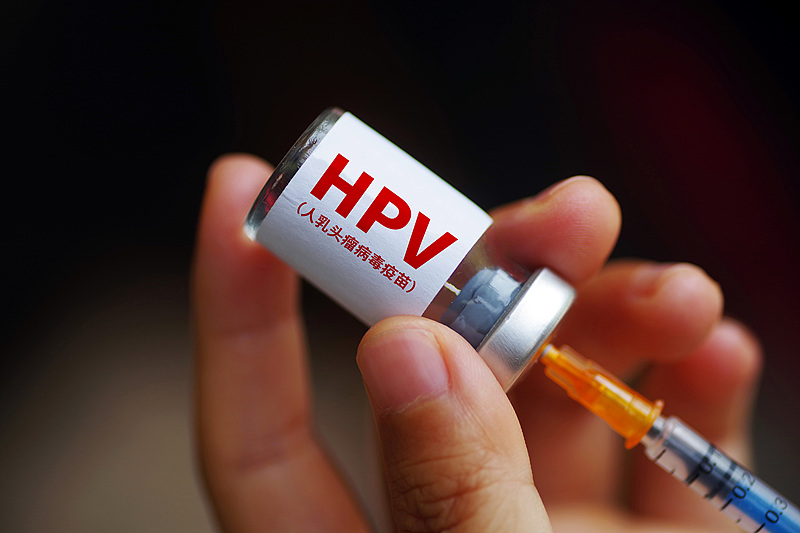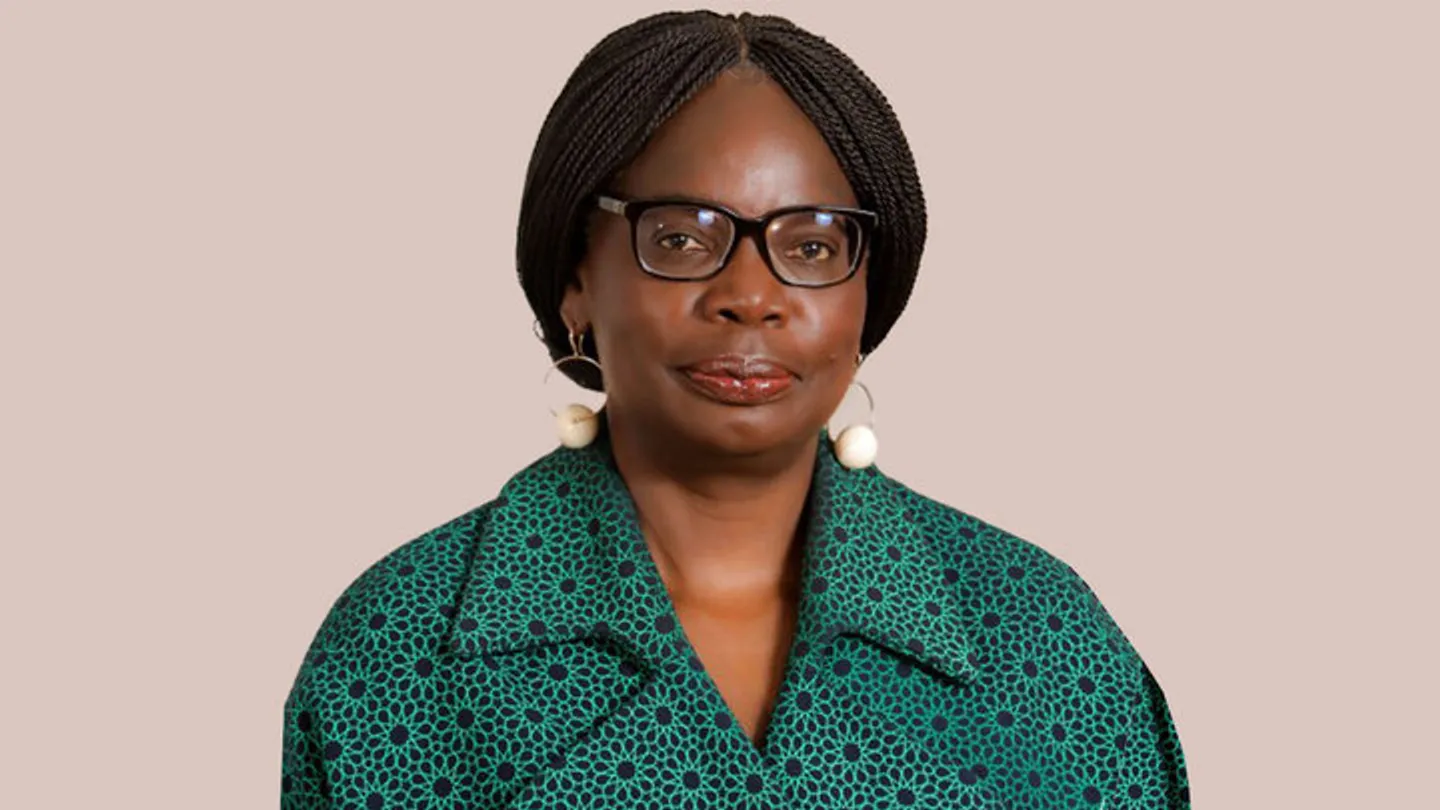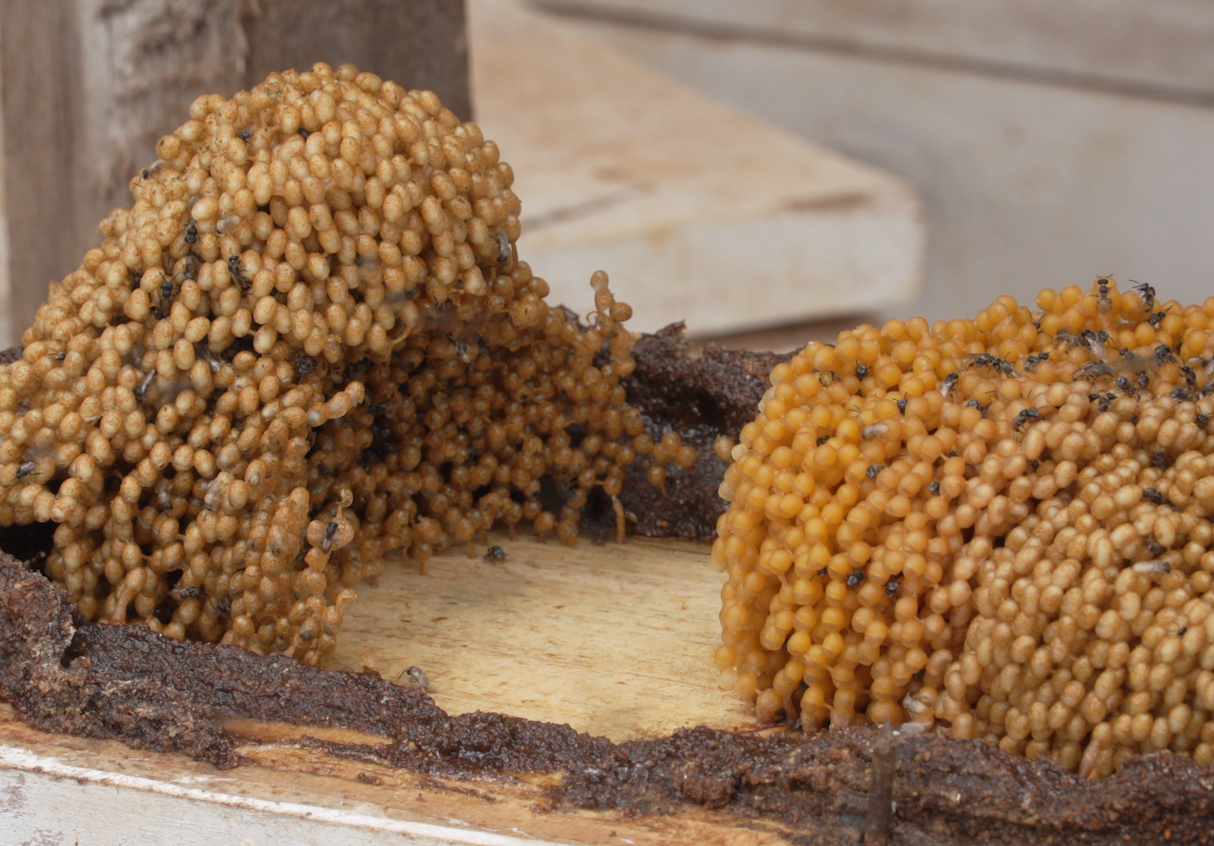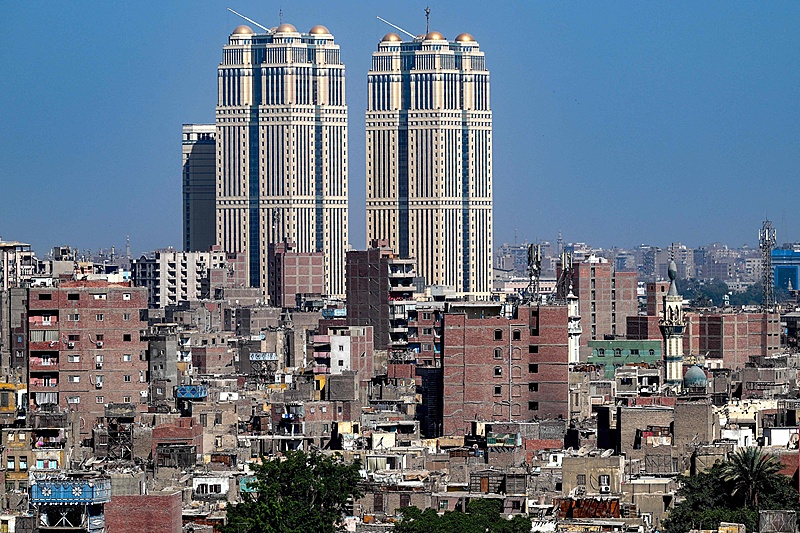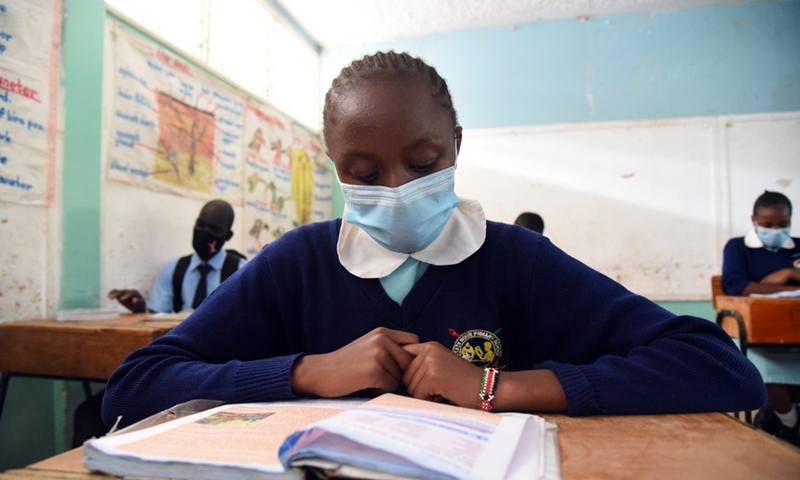
Kenya’s in-person learning in limbo as teachers, students get infected by COVID-19

The in-person learning in Kenya that commenced a fortnight ago suffered a blow on Wednesday after the education ministry said 33 teachers and 17 students had tested positive for COVID-19.
Belio Kipsang, principal secretary in the Ministry of Education, said that 35 schools countrywide had reported COVID-19 cases while ruling out their closure despite the threat posed by resurgent infections and fatalities.
Kipsang told a parliamentary committee in Nairobi that the government was concerned about the pandemic’s heavy toll on physical learning, adding that the safety of students and tutors was paramount.
“We are working on modalities of strengthening the safety of learners and teachers as the phased reopening of schools remains on course,” Kipsang told lawmakers.
“The threat of coronavirus infection in schools is relatively low but we are on high alert to ensure that positive cases are detected and reported to nearby health facilities promptly,” he added.
Kenya commenced phased reopening of basic learning institutions on Oct. 12 to enable finalists to complete the syllabus in readiness for national examinations slated for the first quarter of 2021.
Tertiary institutions had resumed in-person learning on Oct. 5 but were only required to admit final year students to avoid crowding that could trigger coronavirus transmission.
Prior to their reopening, both the basic and tertiary learning institutions were required to strictly adhere to public health guidelines meant to avert the spread of COVID-19 disease including handwashing, temperature checks, and social distancing.
George Magoha, cabinet secretary of the Ministry of Education, said the government was committed to realizing success of in-person learning through investments in robust COVID-19 mitigation measures.
“We will ensure that all students are provided with masks, clean water and sanitizers to limit their chances of contracting the coronavirus,” said Magoha.
Nearly three million grade four, primary and high school finalists in Kenya have reported to school after seven months of closure aimed at curbing the spread of COVID-19.
The emergence of new clusters infection within learning institutions could nevertheless put a brake on the next phase of their reopening slated for November.
The move comes as the country’s rising COVID-19 caseload that hit 51,851 on Wednesday after 1,018 out of 6,649 samples tested positive for the virus, has already placed in-person learning and economic activities in peril.
The east African nation had experienced a brief lull in late September when the positivity rate hovered around 3 percent but has spiked to nearly 13 percent amid easing of containment measures that commenced in early October.
Statistics from the ministry of health indicated that the death toll arising from COVID-19 hit 950, after 16 people succumbed to the disease in the last 24 hours.
So far, total recoveries from the disease stood at 35,258 after 426 patients including 312 domiciled in the home-based care program and 114 admitted in hospitals were declared free from the virus.
According to the ministry of health, there are 1,060 COVID-19 patients admitted in health facilities countrywide while 4,230 are on home-based isolation and care.
Meanwhile, President Uhuru Kenyatta will on Nov. 4 convene a special session with national and county government officials to discuss the dramatic spike in COVID-19 transmissions and fatalities that has been witnessed in the country in October.
“The extraordinary session has been convened in light of the resurgence of COVID-19 infections across our nation, as exhibited by the fact that Kenya has recorded its highest number of COVID-19 monthly fatalities in October 2020,” Kanze Dena, State House spokesperson said in a statement on Wednesday.
Dena said the session will also review the evolution of the pandemic alongside epidemiological models that shed light on how it might spread in the months of November and December.
“The session shall also review the efficacy of containment measures in place, as well as the impact of easing of restrictions that were in place,” said Dena


